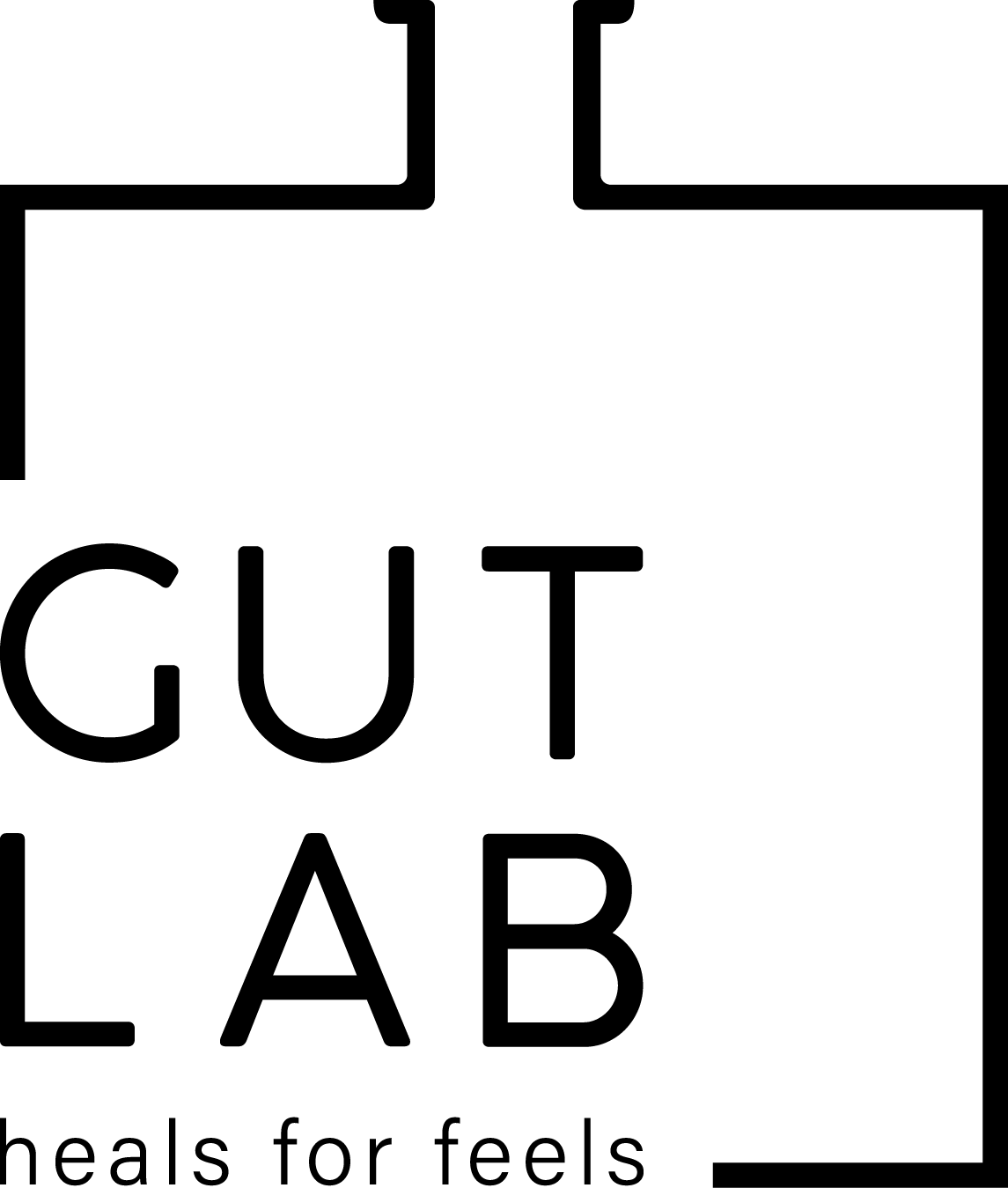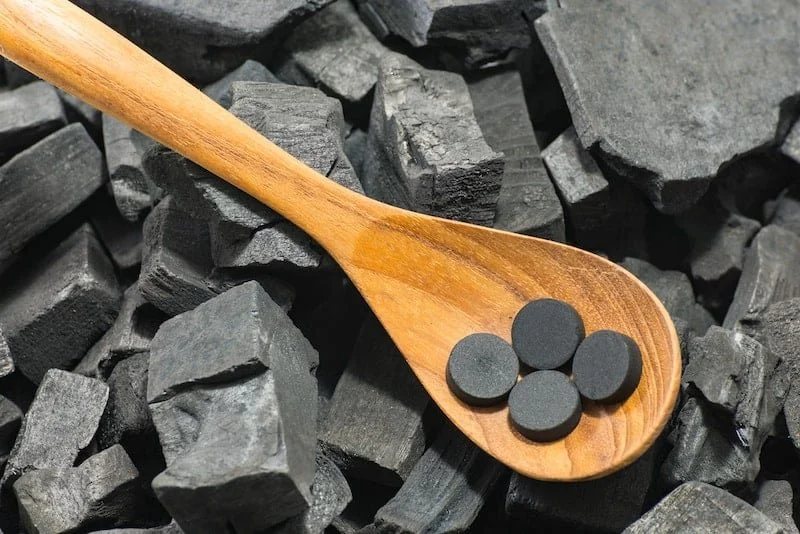Which binders should you use for detox support?
Activated charcoal.
We are all exposed to a vast number of toxic substances in daily life—whether we are conscious of it or not. From heavy metals and pesticides to molds, pharmaceuticals, and environmental pollutants, toxins are everywhere: in the air we breathe, the water we drink, and even the foods we eat.
This level of toxic burden is a modern issue. Our ancestors didn’t face the same constant exposure we do today. Sadly, total avoidance is no longer realistic. Even pharmaceutical residues have been detected in our municipal water supplies. (If you’re in Australia, my recommendations for home water filters, water filter bottles, shower heads and more can be found here.)
That’s why supporting your body's detoxification pathways is essential—not just occasionally, but as part of ongoing wellness. As a nutritionist, I’ve seen the transformative power of targeted detoxification using natural tools like binders and liver flushes (read this article about liver flushing!). This guide will walk you through how binders work and how to choose the right ones for your needs.
What Happens When Toxins Build Up in the Body?
When the body cannot eliminate toxins efficiently, they begin to accumulate—causing inflammation and disrupting many of the body's natural functions. Toxin build-up has been linked to:
Hormonal imbalances
Digestive issues and gut damage
Acne, rashes and other skin problems
Mood disturbances
Impaired healing
Food sensitivities
Metabolic dysfunction
Chronic inflammation
Sleep problems/insomnia
Unfortunately, many people jump into detox protocols without proper guidance, which can actually cause more harm than good.
The Common Detox Mistake
Detoxification is not a single-step process. It involves 2 distinct phases. The body must not only break toxins down but also then work to safely eliminate them. Most mainstream detox programs overly stimulate Phase 1—where harmful byproducts are generated—but neglect to support Phase 2, where those toxins are neutralized and excreted.
If Phase 2 (elimination via stool, urine, sweat, and breath) isn’t functioning optimally, toxins can be reabsorbed into the bloodstream. This is why constipation, dehydration, and sluggish detox pathways can make detoxing dangerous rather than healing.
Essential detox tip: If you're not having at least 1–3 healthy bowel movements daily, your body isn't efficiently eliminating waste—and you may be recycling toxins instead of releasing them.
What Are Binders?
Binders are natural substances that attach to toxins in the gut and carry them safely out of the body, preventing them from being reabsorbed.
Once the liver processes toxins and sends them into the digestive tract via bile, binders help capture these compounds before they can re-enter circulation. This makes them powerful tools for supporting effective detoxification, especially during targeted protocols.
Choosing the Right Binder
The best binder for you depends on your personal health picture, toxin exposure, and current phase of healing. Here's a breakdown of the most commonly used binders, what they target, and how to use them safely:
1. Zeolite
Another volcanic-derived binder, zeolite captures heavy metals, BPA (from plastics), pesticides, and microbial toxins. Often used in environmental detox and safe for extended use when taken correctly. Zeolite is a clay, but is also available in drops and oral sprays. Zeocharge is one of the best choices available, and you are required to use less of the product than competing brands as it is so effective. Use code SARAHNEWLAND here to get 10% off yours.
Zeolite in it’s natural form.
2. Activated Charcoal
Activated charcoal binds to a wide variety of toxins and passes through the gut without being absorbed. It’s particularly effective for acute exposures (e.g., food poisoning), but it can also bind beneficial nutrients, so always take it away from meals and supplements. Best used short-term. Look for one made with organically grown and harvested coconut husks, with no added fillers or chemicals.
3. Chlorella
This nutrient-dense freshwater algae binds to heavy metals, VOCs (volatile organic compounds), pesticides, and mold toxins. Unlike charcoal, it doesn’t deplete minerals, making it ideal for longer use or gentle daily detox support.
Pro tip: Take before eating higher-mercury fish like tuna or swordfish to reduce toxin absorption.
4. Bentonite Clay
A natural clay formed from volcanic ash, bentonite is particularly effective at binding heavy metals, mold toxins, and some pathogens. It may absorb some nutrients, so timing and duration matter. It’s gentler than activated charcoal for regular use.
5. Modified Citrus Pectin (MCP)
Derived from citrus peel, MCP is excellent for binding heavy metals (especially lead) and mycotoxins, particularly in the digestive tract. It’s one of the gentlest binders available and well tolerated by most people, even in longer detox protocols. It is also anti-inflammatory and has prebiotic qualities.
Modified citrus pectin powder.
6. Humic and Fulvic Acids
Extracted from soil and ancient plant matter, these binders are made of tiny negatively charged atoms, are effective against glyphosate (from herbicide exposure), and don’t tend to interfere with nutrient absorption. Great for anyone dealing with environmental toxin overload. Humic and fulvic acids are also high in trace minerals so can be helpful in countering the effects of other binders which deplete minerals during a detox.
7. Silica or Diatomaceous Earth
Silica binds metals like aluminum and thallium and can be found in certain mineral-rich waters. Useful as a gentle, food-based detox support, especially in chronic toxin exposure. Silica also possesses an amazing quality to help heal the gut lining.
Diatomaceous earth is primarily composed of silica, plus other trace minerals, and is a binder that can be used for addressing intestinal parasites, worms and mites as well as heavy metals. It is best used for 2-4 weeks, with extra attention paid to hydration.
8. Chitosan
Derived from crustacean shells, chitosan binds mycotoxins (from mold), bacteria, and fungi. Not suitable for those with shellfish allergies but effective in fungal and mold detox protocols.
Important Tips for Binder Use
Regular bowel movements are critical. Binders only work if the body is eliminating properly. Otherwise, toxins may be reabsorbed. Hit the button below to work with Sarah in getting this vital detox and digestive function working well. If you are not having a formed bowel movement AT LEAST once a day, you must address this first before taking on any detox protocol. Failing to do this and detoxing anyway can worsen symptoms and cause toxins to recirculate.
Hydration is key. Drink plenty of water to flush out the bound toxins.
Separate binders from medications and supplements. They may reduce effectiveness if taken together.
Always start slow. Sensitive individuals can react strongly to mobilized toxins.
Detox with Expert Support
While this guide gives a solid introduction to using binders for detoxification, safe and effective detox protocols must be tailored to your unique biology and exposure history. If you’re ready to explore detoxification in a supported, evidence-based way, I’d love to guide you.
As an Australian Nutritionist, I specialise in gut health, detoxification, and functional nutrition—combining clinical insight with practical strategies to help you feel your best. Having lived in Bali since 2016 I have also gained much experience with addressing parasitic infections.
Feel free to reach out for personalised support or to enquire about 1:1 consultations and detox programs.
Sarah Newland
Australian Nutritionist
Helping you detox gently, nourish deeply, and restore balance from the inside out.




